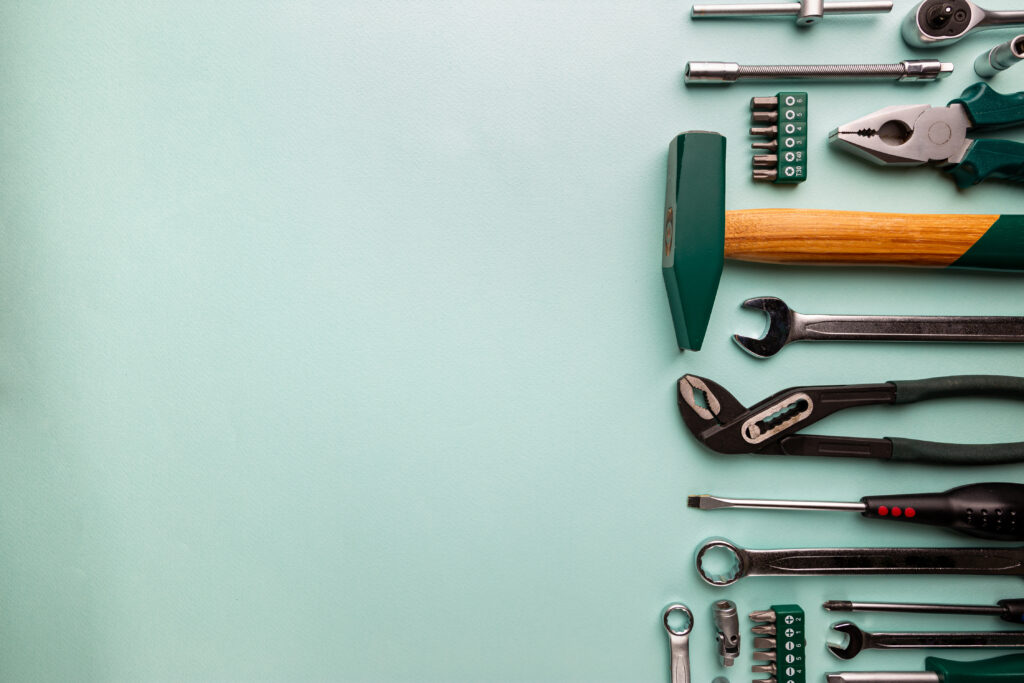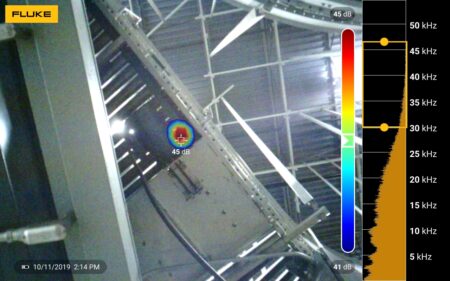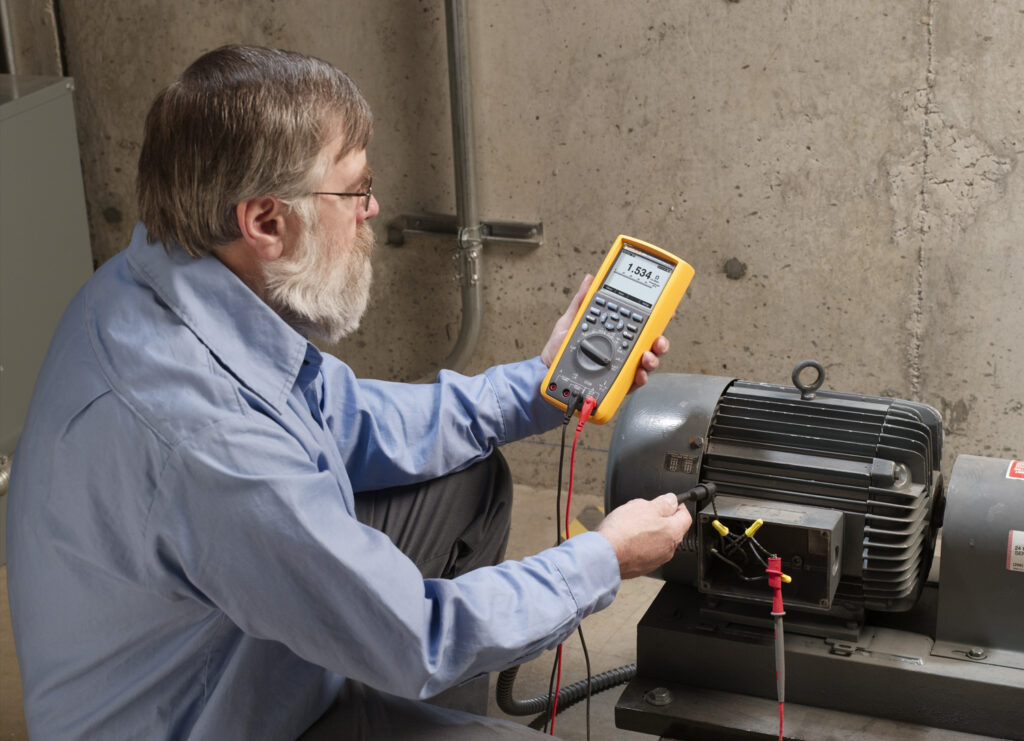
Tools for food and beverage maintenance technicians
Keeping quality and safety standards high.
June 7, 2023 | By Michael Crepps
 Photo: © petrrgoskov / Adobe Stock
Photo: © petrrgoskov / Adobe Stock 
Photo: © petrrgoskov / Adobe Stock
With the rising costs of ingredients, labour shortages, changing consumer preferences, increasing competition, and regulatory pressures, the food and beverage industry is feeling the pinch from every direction.
To stay competitive and thrive in the F&B industry, companies need to adapt to changes and find innovative ways to address these challenges. Keeping systems up and running, and ensuring quality, should be at the top of the list.
Maintaining equipment in a F&B manufacturing facility is critical to ensure the quality and safety of the products produced. The U.S. Food and Drug Administration has strict health and safety standards that must be adhered to. Therefore, F&B maintenance technicians must have the necessary tools to diagnose issues and maintain the facility in compliance with these standards.
Tools a F&B maintenance technician needs in their toolbox

Photo credit: Fluke
Infrared thermometer: ensuring food safety.
One of the most critical factors in ensuring food quality and safety is temperature control. Food-borne illnesses can be caused by physical or chemical contamination or by allergens contained naturally in foods. Therefore, an infrared thermometer is a necessary tool in a F&B facility maintenance technician’s toolbox. This tool helps to ensure that the temperature in high-risk areas of food production, such as meat, poultry, and seafood production, and fruit and egg process plants, is under strict control.
Acoustic imager: detecting compressed air leaks.
Leaks in compressed air systems in a F&B manufacturing facility can compromise the quality and safety of the products produced. To ensure that compressed air and gas systems are in good working condition, a maintenance technician must use an acoustic imager to scan the entire system along all lines, connections, and outputs starting at the compressor.
The imager detects a leak and displays a visual representation on the tool’s screen. The technician can record the leak with a photo or video and tag it, making it easier to find the leak when returning to fix it. Additionally, the technician can prioritize which leaks to fix first by identifying the size of the leak. After the leaks are fixed, the system is scanned again to verify that all leaks are fixed and that no other peripheral leaks are detected.

Photo credit: Fluke
Oscilloscope: diagnosing electrical issues.
Sometimes, when diagnosing issues, the maintenance technician may need to use an industrial oscilloscope. For example, if a vessel on three load cells is filled from a hopper above with around 1500 pounds of grain, and the scale indicates irregular batch weights, the technician can connect an oscilloscope and record a batch. By analyzing the results, the technician can determine if there is an issue, such as a bad capacitor after a bridge rectifier somewhere and replace the faulty parts.
Digital multimeter: troubleshooting electrical problems.
Another critical tool for a F&B maintenance technician is a digital multimeter. This tool can help diagnose issues with machines, such as package filling machines. In one recent example, a machine’s main air supply was controlled by two solenoid valves powered by the machine’s E-stop circuit. The technician monitored the E-stop relays and all associated contactors, but nothing was apparent. They tightened all the screw terminals and replaced contactors and solenoids, but the problem persisted.

Photo credit: Fluke
The technician used the trending function on the digital multimeter to monitor the contactor action but found nothing out of the ordinary. The technician then went further into the circuit and monitored the 24-V DC power feeding the line side of the contact. When the machine went down again, the technician analyzed the results from the digital multimeter and found a spike-like disturbance in the 24-V DC power, which was causing the problem.
F&B maintenance technicians must have the necessary tools to diagnose issues and maintain the facility in compliance with strict health and safety standards developed and monitored by the U.S. Food and Drug Administration. Failure to do so could lead to diminished product quality, potentially harmful products, insecure packaging, and more.
It is essential to have tools such as infrared thermometers, acoustic imagers, industrial oscilloscopes, and digital multimeters to ensure that F&B manufacturing facilities are safe and produce high-quality products.
__________________
Michael Crepps, Fluke application specialist, joined Fluke in 2016 as a technical support engineer. He has been providing support and training on electrical test and measurement tools for the past seven years. Prior to Fluke, Crepps worked in the bio-tech industry providing technical expertise in manufacturing and development.
